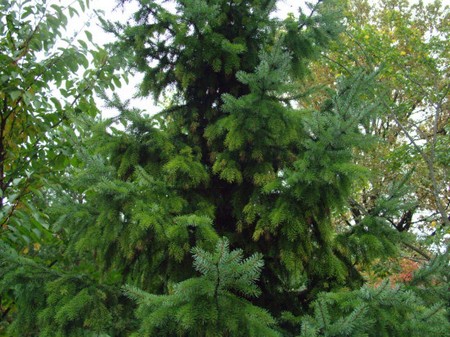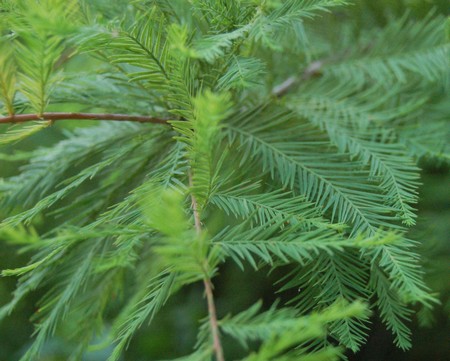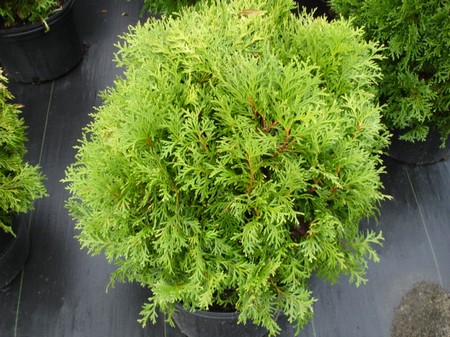Evergreen trees are the trees that keep their foliage or leaves throughout the year. Their leaves don’t fall in a particular season. By this we mean that evergreen trees are regardless of season and remain green the entire year whereas deciduous trees flourish well in certain seasons and drop their leaves in others. There are different types of evergreen trees out of which some retain the leaves for few months while others for years. The new foliage are grown in the trees retaining leaves for few months, while the original foliage are kept for many years, to say even for thirty years as in case of Welwitschia.
Evergreen trees possess a special type of modified leaves meant to preserve the loss of moisture and flourish well in severe conditions. For instance, most of the leaves of evergreen trees are needle-like and covered with wax. These modified leaves not only offer insulation but also guard the trunk and branches of the tree from sun and frost. There are some evergreen trees which have broad leaves.
In certain temperature and climatic conditions, evergreen trees flourish well. It is a matter of common observation that evergreens are more widespread in tropical climates than temperate conditions. However, evergreen trees often show a good stand against cold weather conditions.
Types of Evergreen Trees
Evergreens trees are favored by most of the people because of their rich aesthetic sense. Due to their perennial nature, these trees are grown widely in shade garden plants, ornamental and rock gardens. Some of the different types of evergreen trees are given below with brief description:
Cypress: Cypress is one of the most famous evergreen trees in the United States because of its light, soft texture with balanced shape. Cypress tree tends to grow 3-4 feet in a year. It shows good tolerance against drought. One can easily prune the cypress tree and it has the ability to adjust in different circumstances. The most common use of cypress is to built privacy hedges and border surrounding the property. For better growth of the cypress plant, it is suggested to plant the trees with at least 6 feet of distance between them.
Eucalyptus: Like cypress, eucalyptus is also a famous evergreen tree that grows up to the height of 6 feet in a year. One of the prominent feature of this tree is its excellent resistant against the drought and pest. The rind (bark) and leaves of this tree has a specific aroma which has the tendency to keep the insects and pests away. It is often planted for shade and can easily be grown.
Pine: Pine is another type of evergreen tree which has over 115 known species. Its tree has the tendency to grow 3-4 feet in a year. Although, pine trees show good resistance against the drought, they often show bad tolerance against frost. Pine trees bear a needle like foliage and often planted as an ornamental tree.
Thuja: It is another evergreen tree which has gain some considerable amount of popularity in recent few years worldwide. Thuja plant grows to the height of 3-5 feet in a year. Like eucalyptus, thuja also possesses a good resistance against pests and drought. It is suggested to keep 5-6 feet distance between two thuja plants while planting to ensure good growth. Thuja plant can grow in all sorts of weather conditions. One can use it for privacy hedge or wind screen.
Fir: It has 18 known species. These 18 species include the famous, fragrant Douglas fir and the White fir having blue needles. Fir is known to be a coniferous tree with symmetrical shape. These trees are slightly different than those spruce or pine trees in terms of their softness as these are softer than spruce or pine trees.
Above mentioned are some of the most popular types of evergreen trees. Besides these, there are certain other evergreens such as cedar, spruce, Christmas tree and maple. Evergreen trees are known to make soil acidic, so it is highly recommended to plant these evergreens at a suitable distance from other plants as acidity in soil may kill them. Also, keep a suitable distance between two evergreens while planting to ensure their good growth.






